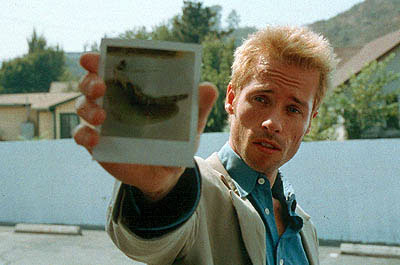(See, Jean-Francois Lyotard and Fredric Jameson).
The atomic bombing of Nagasaki on August 9, 1945 marked the end of the Enlightenment Project.
1968
In 1968, student and social riots, revolting against moral degradation and social injustice happened across the West. There was a increasing disgust with democracy, capitalism and festishization of objects. All of these movements failed and as a result, a new generation of thinkers, who were aware of what happened before and how things could, surfaced. Postmodernity is not interested in reaching conclusions and making logical assessments; the aim is to have an understanding of the plurality of answers and the discourses available for research.
Identity Politics
The notion of identity itself is only first put into the question in the 1980s. Identity politics recognized the emergence of marginalized social groups and the attempts by the members of these oppressed groups to fight for equality, political power and a place in society. Criticism: 1) Essentializing takes priority and pressure is placed on individuals to identify themselves with a particular social group. 2) Stereotypes and generalizations are made about social groups and thus, do not do justice to individual identities.
Films that Deal with Identity Politics
Fight Club (1999)
Mulholland Dr. (2001)
Coco Fusco's "The Other History of Intercultural Performance"
Two Undiscovered Amerindians Visit... was a performance piece by Coco Fusco and Guillermo Gomez-Pena. "Our plan was to live in a golden cage for three days, presenting ourselves as undiscovered Amerindians from an island in the Gulf of Mexico that had somehow been overlooked by Europeans for five centuries. We called our homeland Guatinau, and ourselves Guatinauis." The exhibition of indigenous people in Western society has a been long tradition stemming nearly five centuries ago. With the performance, the artists had originally sought to create a "satirical commentary" on Western notions of the Other and the primitive Noble Savage. Although they were actors playing the role of Amerindians, this was never openly declared to the public and many people never stopped to question their authenticity. Fusco's article documents the varying responses by people who saw the show when it travelled to various museums in the world.





No comments:
Post a Comment